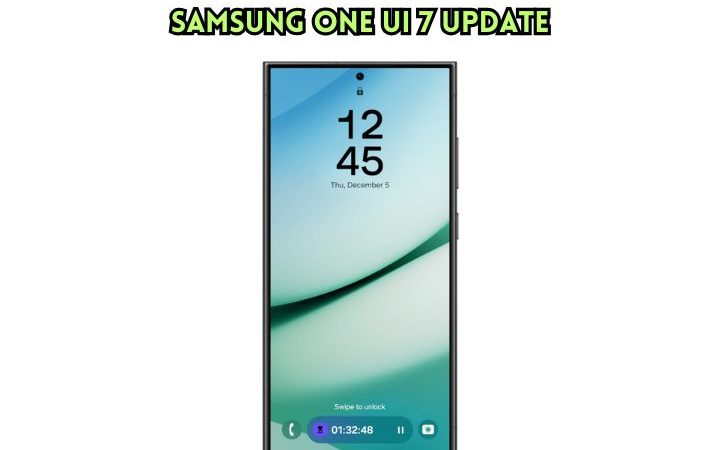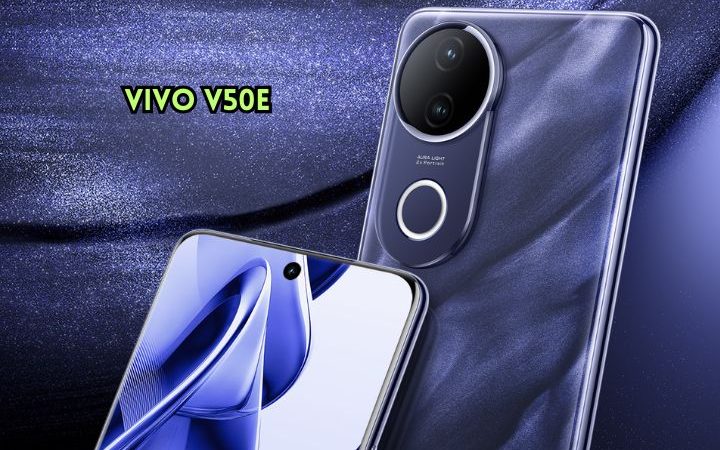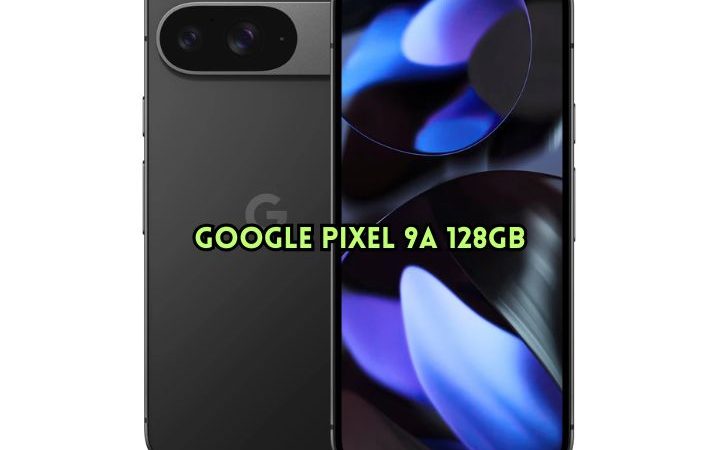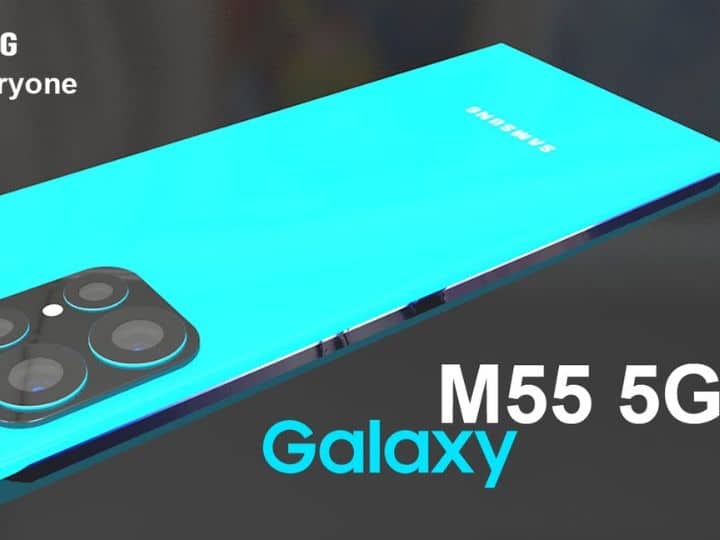Fitbit vs Apple Watch
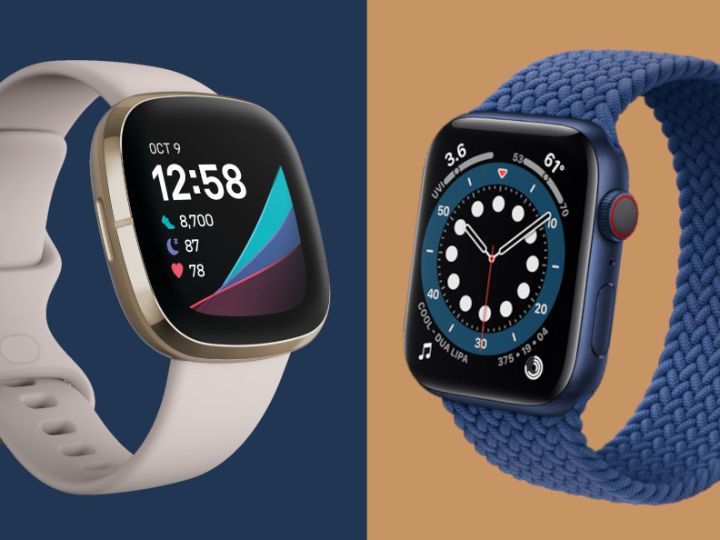
Are you in need of the best activity tracker for your health and fitness goals and to check other metrics like monitoring heart rate.
Are you among the people wanting an upgrade and looking for the best price with other features like battery life, calls, and music?
Coming as the best fitness trackers, choosing Fitbit or Apple watch is always a question.
Generally, according to the market trends, the Apple brand is known for its smartwatches. Fitbit is famous for its fitness and health devices and activity trackers.
Let us explore the features of Fitbit vs Apple Watch in detail to help you choose the right product.
About Fitbit Watch
Fitbit has sold over 120 million devices and 29 million users across over 100 countries, making it the fifth-largest wearable technology company in shipments.
Fitbits look more like watches with attractive touchscreens, while the Apple Watch has added more health features.
Caller ID, texts, and WhatsApp are the widely used non-fitness apps on most smartwatches, so it makes sense that these features are popular for on-wrist alerts.
Fitbit’s strength is its health and fitness tracking, which is more streamlined, making it a good choice for those who prefer discrete activity tracking.
Fitbits can improve well-being by recording daily steps, running speed, sleep habits, and stress levels. Various models are available to suit different user types.
Specifications
Depending on the price point, each device has a different set of functionality. For example, entry-level devices come with basic features like sleep tracking and step counting, while premium ones have added features like heart rate monitoring and GPS capabilities.
Fitbit Versa 3, which includes 20 activity modes and Smart Treck exercise identification, is priced at a few hundred dollars, while the Fitbit Ace 3, which was released in the past, was only available for around $100 and had limited features.
The Apple Watch Ultra starts at a higher cost because of its additional functionality for more extreme activities, but the physical designs of both devices differ drastically. The Apple Watch SE starts at 299$ (swim-proof, cycle tracking, heart rate features, and cellular option).
Apple Watches range in sizes from 38 to 49 and a few in between. Fitbits come in a range of sizes from tiny to extra-large – suited for any wrist size.
There is also a difference in the size of the displays between the two. Fitbits have smaller displays than Apple Watches. Fitbit is lighter overall. However, the Apple Watch is heavier because of the stainless steel case of the watch casing.
It can monitor heart rate variability, REM sleep, deep sleep, light sleep, and more. These devices help to track sleep patterns and find issues that may interfere with a user’s ability to have a good night’s sleep.
Fitbit and Apple Watch offer unique features that warn you if prolonged exposure to loud music could damage your hearing, as well as accountability tools like alarms, notifications, and reminders to help users remain on track with their goals.
The Main Takeaway
| Fitbit | Apple |
| Lightweight, sleek design | Few designs are bulky |
| Tracks heart rate, sleep, exercise.. | Tracks heart rate, sleep, exercise… |
| GPS not included in all models | Built-in GPS |
| Affordable | Quite Expensive |
| Swimproof | Swim proof |
| IOS /Android Compatabile | Requires iPhone for set-up |
| No cellular options | Cellular add-on available and Low Battery Life |
Fitbit vs. Apple Watch Results
Apple Watches are ideal for users willing to pay for an all-in-one smartwatch that accurately tracks activity but also offers the convenience of iPhone functionality right on their wrist. Suppose you already have an iPhone and are accustomed to the Apple ecosystem.
In that case, you’ll likely be pleased with how seamlessly the Apple Watch integrates with your other devices and gives you access to features such as Apple Pay and Siri.
Fitbits are complementary accessories that prioritise sophisticated workout tracking and rich health readouts, while Apple Watches are designed to replace smartphones. Both brands’ watches have capacitive touch displays, store digital payment methods, and are water resistant.
Do not dismiss Fitbit completely if you own an iPhone; you might prefer the more comprehensive health statistics and integrated fitness experience.
If you add an Apple Watch to a cellular plan, you can enjoy an iPhone-like experience on your wrist, eliminating the need to take out or carry about your phone constantly.
Fitness Tracking
All versions of Apple Watches and Fitbits offer a wide range of fitness tracking, allowing users to monitor their activity minutes, steps, distance, calories burned, and more. The Apple Watch and Fitbit smartwatch options also track specific workout types, such as hiking, running, and bicycling (indoor cycling machines or exercise bikes), and then provide workout summaries.
Regardless of the model, Apple Watches have built-in GPS, heart rate zone tracking, and automatic workout detection, making them popular among athletes and fitness-minded people. The watches also feature the brand’s simple but effective activity rings that gamify movement and encourage you to complete daily move, stand, and exercise goals.
While all Apple Watches have extensive features, Fitbit is noted for its exceptional fitness and sleep tracking.
You can quickly access and explore your fitness and health data after downloading the app to your phone and syncing it with it. The app even suggests certain exercises and meditations depending on the data collected.
Fitbit offers a particularly comprehensive range of options to accommodate different needs and preferences.
For instance, the Fitbit Inspire 3 is ideal for those who want a basic fitness tracker, while the Sense 2 is a more advanced, sports-oriented smartwatch with GPS, on-screen workouts, in-depth stats, and feedback based on your workouts and recovery. If you go the Fitbit route, you’re more likely to get a device that works for your specific fitness routine and goals.
Fitbit vs Apple Watch Accuracy
Apple Watch can track heart rate and ECG data and detect atrial fibrillation.
Of course, the Apple Watch’s heart rate accuracy is less effective than that of professional medical equipment.
Fitbit also measures Active Zone Minutes. Both Fitbit and Apple Watch might be confusing when measuring activity minutes, but Fitbit exercise heart rate zones provide essential fitness and health measures that Apple Watch does not give.
According to a recent Oregon University study, the Apple Watch 3 is more precise than the Fitbit Charge 2.
The FitBit Sense comes with a stainless steel backing, which may be more health-beneficial than the aluminium backing that your Apple Watch comes with—unless you want to pay an additional hundred dollars, plus additional costs for data charges for the GPS.
However, some users claim that the Apple Watch does not provide accurate information when counting steps and sleep tracker results compared to the Fitbit Sense.
Design and Comfort
The Apple Watch has amazing functionality, like photo galleries, weather reports, Siri shortcuts, etc.
With the Apple Watch, you can change the display with a simple flick of your finger, and each display provides shortcuts and different information.
With Fitbit, you have to go through the settings to change the display; however, there are only two displays that you can choose from.
Compatibility
Compatibility is a key distinction between Fitbits and Apple Watches; the Fitbit is compatible with Android devices, while the Apple Watch is exclusively compatible with iPhones.
You can use any modern smartphone with a Fitbit.
You can even connect the Fitbit app to Apple Health with an iPhone.
Thus, although there are numerous Fitbit models to choose from, Android users are limited to Fitbit, but iPhone users have many more options!
Battery Life
The frequency with which you utilise the fitness features on your Apple Watch determines how long its battery lasts.
Both the Fitbit Sense 2 and the Versa 4 have a six-day battery life, though the accurate amount of time will vary based on the functions you use.
Without a doubt, Fitbit is the clear winner in terms of battery life.
The Apple Watch gets mixed reviews for needing to be charged frequently; the Series 8 and SE models have a battery life of only roughly 18 hours. Although the new Apple Watch Ultra has double the battery life of previous versions, Fitbit devices still go a lot longer on a single charge, most lasting about 6-7 days.
Waterproof
While earlier Fitbits were water-resistant or sweatproof but not fully waterproof, their recent devices—including the Fitbit Sense 2 and the Fitbit Versa 4—are swim-proof and capable of tracking swim workouts. Similarly, the latest Apple watches, such as the Series 8, SE, and Ultra, are safe to wear in the pool.
While most devices are comparable in waterproofing, the Ultra takes the brand over the top. As Apple’s most durable, rugged smartwatch, it’s swim-proof, can withstand recreational diving to 40 meters, and is a best-in-class option for water sports.
Extra Features
Given the higher average price, Apple has more extra features than Fitbit, which makes sense.
Every Apple Watch model has many options, including phone calls, music, text messaging, alarms, timers, an extensive app store, and much more, in addition to health and activity tracking.
The Apple Watch Ultra has many safety features, including a built-in compass, a siren, and crash and fall detection.
It also features a water temperature sensor for swimmers and divers and a depth gauge that turns on automatically when you dip in water.
Every Apple Watch model has built-in, accurate GPS, a must-have feature for some runners, hikers, and cyclists who want to measure their routes. Some Fitbits, such as the Charge 5, Sense 2, and Versa 4, have GPS included, but not all do.
A sequence of smartwatches from Fitbit are available, such as the Fitbit Sense 2, Versa 4, Versa 2, and Fitbit tracking on the Google Pixel Watch.
Which is best to purchase—a Fitbit or an Apple Watch?
Since the Apple Watch is only available to iPhone customers, Fitbits is a better option for Android users as it can connect with iOS and Android.
Fitbits are a better option if you are looking for a fitness tracker but want to spend less because their selection is much more affordable than the Apple Watch.
Conclusion
It is tough to compare the Fitbit and Apple Watch. In addition to being exclusive to iPhones, the Apple Watch is more costly and has a shorter battery life.
The LTE version of the watch can even operate almost entirely without a phone. The Apple Watch is the most incredible smartwatch choice worldwide.
Fitbit is a fantastic company that produces smartwatches, but their fitness trackers are what people are interested in. They have higher-end models that track many exciting health indicators and features like skin temperature sensors and the EDA that aid with stress management and sleep tracking, which Apple Watch does not have.

